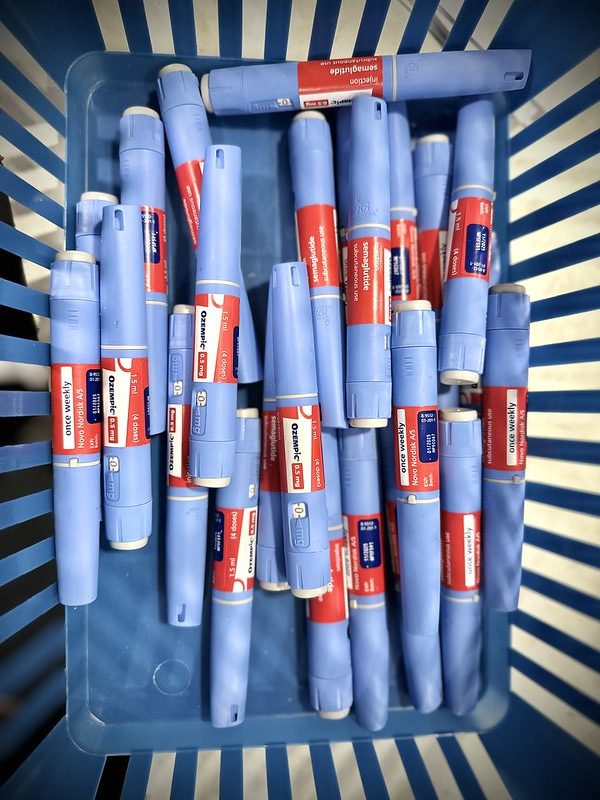The first time I heard its name, it was from a tweet that Elon Musk had posted.
The next time I heard its name occurred when Kim Kardashian found herself amidst the scandal of her wearing one of Marilyn Monroe’s famed dresses; however, more recently, I have heard its name being associated with what feels like every celebrity, left and right.
The name is not one of a brand or a new tool people are using but rather one of a drug—one named Ozempic.
Ozempic is a Federal Drug and Administration (FDA) approved drug initially created for adults with type two diabetes. The drug lowers blood sugar levels and regulates insulin and those actions that make this drug so important for those who have type two diabetes.
The drug mimics a crucial digestive hormone named glucagon-like peptide one (GLP-1). This mimicking is what allows for the intended purposes of the drug to occur; however, those are not the only effects of the drug. In addition, the mimicking of GLP-1 results in slower gastric emptying, extending the feeling of being full and suppressing the appetite. As a result of that, this drug has notably had the side effect of weight loss.
As such, Ozempic has been prescribed for “off-label” use, meaning that the drug is being prescribed for uses that were not its initial intended purposes—most notably weight loss. Ozempic’s parent company, Novo Nordisk, even went as far as to create an entirely separate drug named Wegovy specifically for dealing with obesity; the drug for both Ozempic and Wegovy are the same and both are prescribed for weight loss; however, the difference is primarily in the dosage amount and indication of purpose.
Historically, there have been countless other diets, supplements, and drugs that people have done to achieve a thinner look, but many of those fads haven’t had a long-term effect. However, with the knowledge of Ozempic and Wegovy circulating, more and more people began to have the drug prescribed to them. While the idea of losing weight fast sounded appealing to many people, the consequences of it are beginning to become more prevalent.
The first problem arises as a result of the sheer number of people who are beginning to take these drugs. With its rise in popularity for weight loss, it has led to some shortages of the drug. When people are unable to obtain Wegovy, some have turned to Ozempic instead, resulting in its shortage. Thus, those who truly do need Ozempic injected to live without struggle are unable to obtain it when they need it, which in itself could lead to dangerous situations.
The other problem comes with the cost of buying these drugs. Without insurance, Ozempic can be about $892 for a monthly supply and Wegovy about $1,300. On top of that, if the person applying to get these drugs does not meet the FDA criteria, it makes it less likely that their insurance will cover it. As such, this can make obtaining these drugs for those who truly need it that much harder for them—especially added to the idea that there are moments of shortages for the drugs.
If after knowing all of that, people continue to want to try Ozempic or Wegovy in order to lose those few extra pounds quickly, there is some nuance to know about the drug: once the person stops taking the drug, the weight will return right back to them. Since the drug’s mimicked GLP-1 is not there to slow down the appetite, the appetite returns back to the person and, likely, the weight, too.
At the end of the day, while Ozempic and Wegovy may be the newest weight loss fad, it does not mean it does not come without consequences. This time, those consequences may truly harm those who need them.




























































































